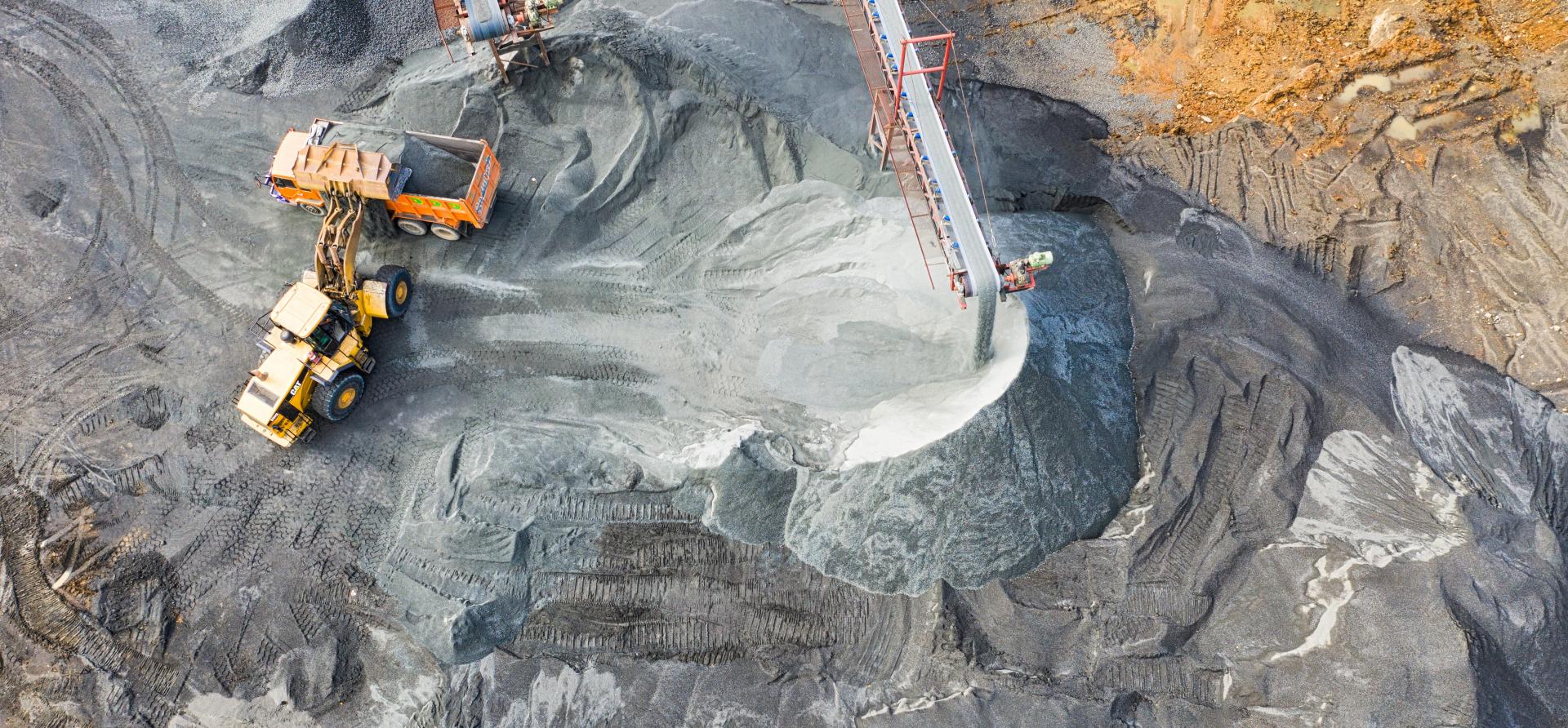Queensland Competition Authority should exit Dalrymple Bay Coal Terminal pricing regulation
Download Full Report

Key Findings
The QCA determined that Dalrymple Bay Infrastructure’s (DBI) suggestion of an increase to $1.22bn as a remediation cost for the site was excessive and reduced its proposal to a still eye-watering sum of $850m.
Dalrymple Bay Coal Terminal’s massive overnight increase in remediation costs from $433m to $850m highlights a very serious regulatory issue and increases market uncertainty.
Executive Summary
In the footnotes of Dalrymple Bay Infrastructure’s (DBI) investor presentation published on 7 April 2021, there is an unusual disclosure.
The rehabilitation provision, which represents the estimated cost for the 2049 lease expiry (potentially 2100 if DBI exercises its option) and rehabilitation of its sole asset, the Dalrymple Bay Coal Terminal (DBCT) in Queensland, increased a staggering 96% to $850m from a 2017 determination of $433m.
The 2017 determination made by regulator the Queensland Competition Authority (QCA) comes on page 162 of a 213 page document that includes 784 footnotes. It is titled the Final Decision 2019 Draft Undertaking, except it makes no decision and is therefore presumably not final.
The $850m rehabilitation provision was determined after the QCA ruled that DBI’s original proposal of an increase to $1.22 billion was excessive. There is no clear explanation for why the provision has increased so dramatically in four years DBI is allowed by the QCA to add estimated future rehabilitation costs to its capital base when determining the price it requires to make an acceptable level of return.
DBI is therefore in the unique position of arguing with the regulator that it should provision more for clean-up because it will make more money by doing so.
It is hard to imagine how rehabilitation of a coal terminal would cost $850m. Port Waratah Coal Services (PWCS) operates the largest export terminal in the world at the Port of Newcastle in New South Wales. It carries a rehabilitation provision of $101m.
It’s hard to imagine how rehabilitation of a coal terminal would cost $850 million.
Port Waratah Coal Services (PWCS) operates the largest export terminal in the world at the Port of Newcastle in New South Wales. It carries a rehabilitation provision of $101m.
The QCA neither notes nor comments on this discrepancy between the two coal terminals’ expected provisions. PWCS’ annual report does not appear amongst the 2 pages of references or the footnotes so it presumably was not read.
It is hardly the QCA’s job to facilitate an increase in the value of DBI by allowing inflated costs to be included in its notional asset base. The QCA’s role should essentially be in setting maximum prices and ensuring transparency.
If DBCT will not publish prices the QCA could update, say quarterly, the actual average revenue per tonne received by DBCT. Most people would accept average revenue per tonne as a proxy for price.
The QCA could then handle complaints and arbitrate disagreements on an MLB style basis (i.e. both sides submit a price and make a 60 minute argument, and QCA chooses from the two). QCA’s regulation of DBCT is almost certainly a waste of time and taxpayer money. The solution is less regulation, not more.
Instead, the risk is that the QCA starts unintentionally setting dangerous precedents for rehabilitation costs, a portion of which, history suggests, will inevitably be borne by the taxpayer.
The risk is that the QCA starts unintentionally setting dangerous precedents for rehabilitation costs.
This briefing note reviews how clean-up costs are normally determined and accounted for and provides two case studies to highlight how reputable listed companies have treated these liabilities. We consider how another multiuser coal loader measures these liabilities and suggest a somewhat altered role for the QCA with respect to DBCT in future.
Press release: IEEFA: QCA increase of Dalrymple Bay Coal Terminal’s remediation provisions to $850m concerning
Please view full report PDF for references and sources.















